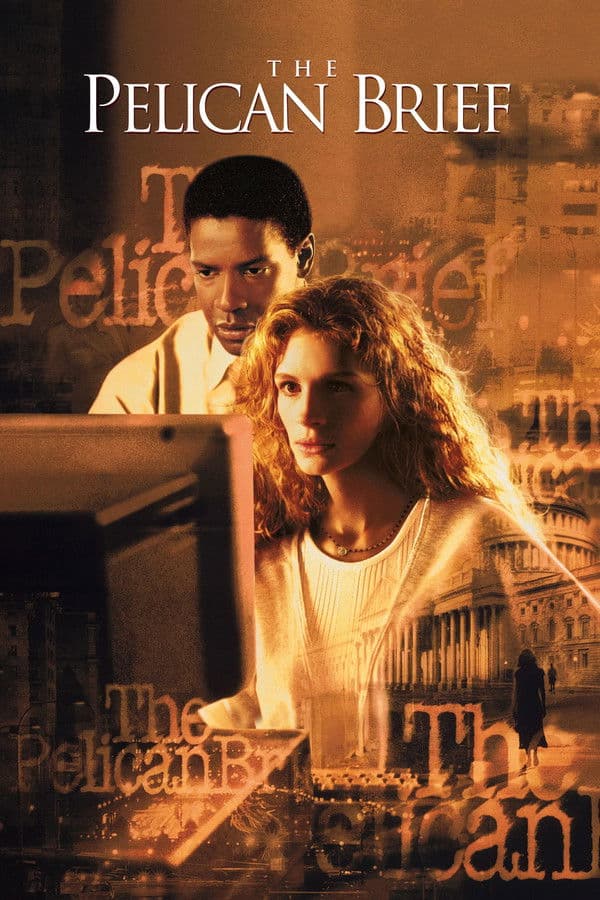
The Pelican Brief
1993 • Crime, Drama, Thriller • PG-13
A law student's theory about the recent deaths of two Supreme Court justices embroils her in a far-reaching web of murder, corruption, and greed.
Runtime: 2h 21m
Why you should read the novel
If you crave deeper dives into legal intricacies and high-stakes conspiracy, reading 'The Pelican Brief' delivers far more nuance than the film can offer. John Grisham’s novel skillfully constructs the inner worlds of its characters, letting you experience their dilemmas, motivations, and fears first-hand. The immersive detail and steady reveal of plot twists make the book a rewarding journey for those who appreciate fiction rich with suspense and insight.
Books allow you to experience the subtleties of plot and motivation that movies sometimes gloss over. 'The Pelican Brief' explores the complexities of justice, power, and the personal risks faced by those challenging the status quo with far greater detail. Through Grisham’s narrative, readers can savor the slow burn of suspense and understand the legal landscape driving the action.
Choosing the novel over the movie means enjoying Grisham’s compelling prose and tight plotting. The book delivers scenes and subplots omitted from the film, expanding the story’s world while providing richer context. Ultimately, 'The Pelican Brief' is a testament to the power of the written word to shape suspense and challenge your assumptions.
Adaptation differences
One of the main differences between 'The Pelican Brief' novel and its film adaptation lies in the depth of character development. Grisham’s book spends considerable time developing Darby Shaw’s internal struggles, motives, and background, offering readers a nuanced portrait that the movie, limited by runtime, can only hint at. The novel’s supporting characters, too, are given greater complexity and purpose in the overarching plot.
Another significant difference concerns the intricate web of subplots. The book delves into secondary characters and parallel investigations that the film omits or compresses for clarity and pacing. As a result, readers of the novel experience a more multifaceted conspiracy, whereas the film streamlines these threads to maintain cinematic focus, sometimes reducing the broader scale of political intrigue.
The handling of suspense and action diverges as well. In the novel, tension is cultivated through psychological stress, legal obstacles, and careful buildup of danger. While the film favors visual and fast-paced sequences, it occasionally sacrifices the slow, methodical tension that Grisham weaves so effectively in prose. This shift can make the story feel less cerebral and more oriented toward spectacle.
Finally, changes to events and dialogue are evident, as the screenplay modifies or omits certain scenes for narrative cohesion or pacing. Some crucial moments in the book are either downplayed or absent entirely in the movie, altering the impact of key revelations and resolutions. This means that reading the novel offers a more complete and engrossing understanding of the story’s stakes and outcomes.
The Pelican Brief inspired from
The Pelican Brief
by John Grisham











